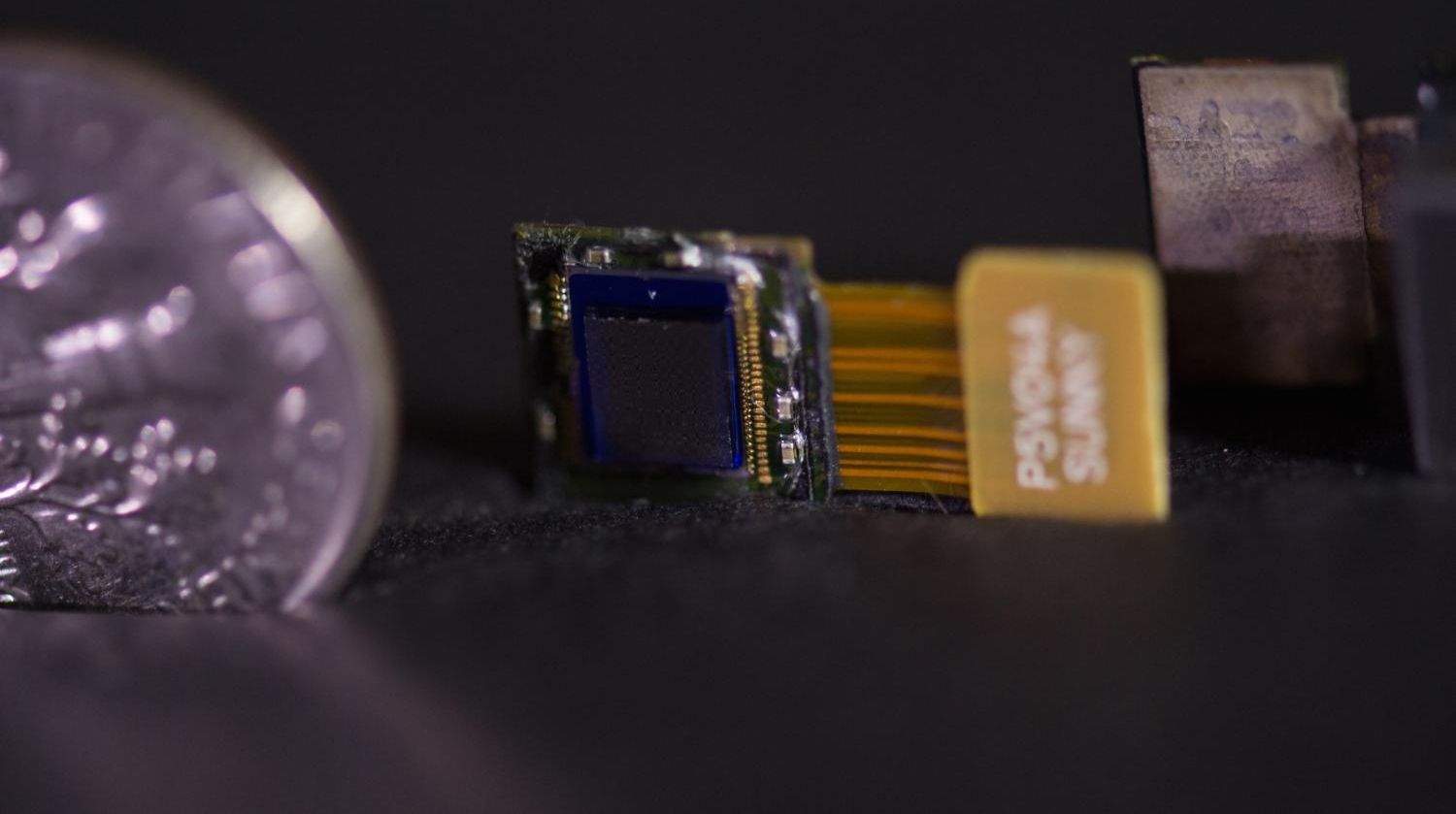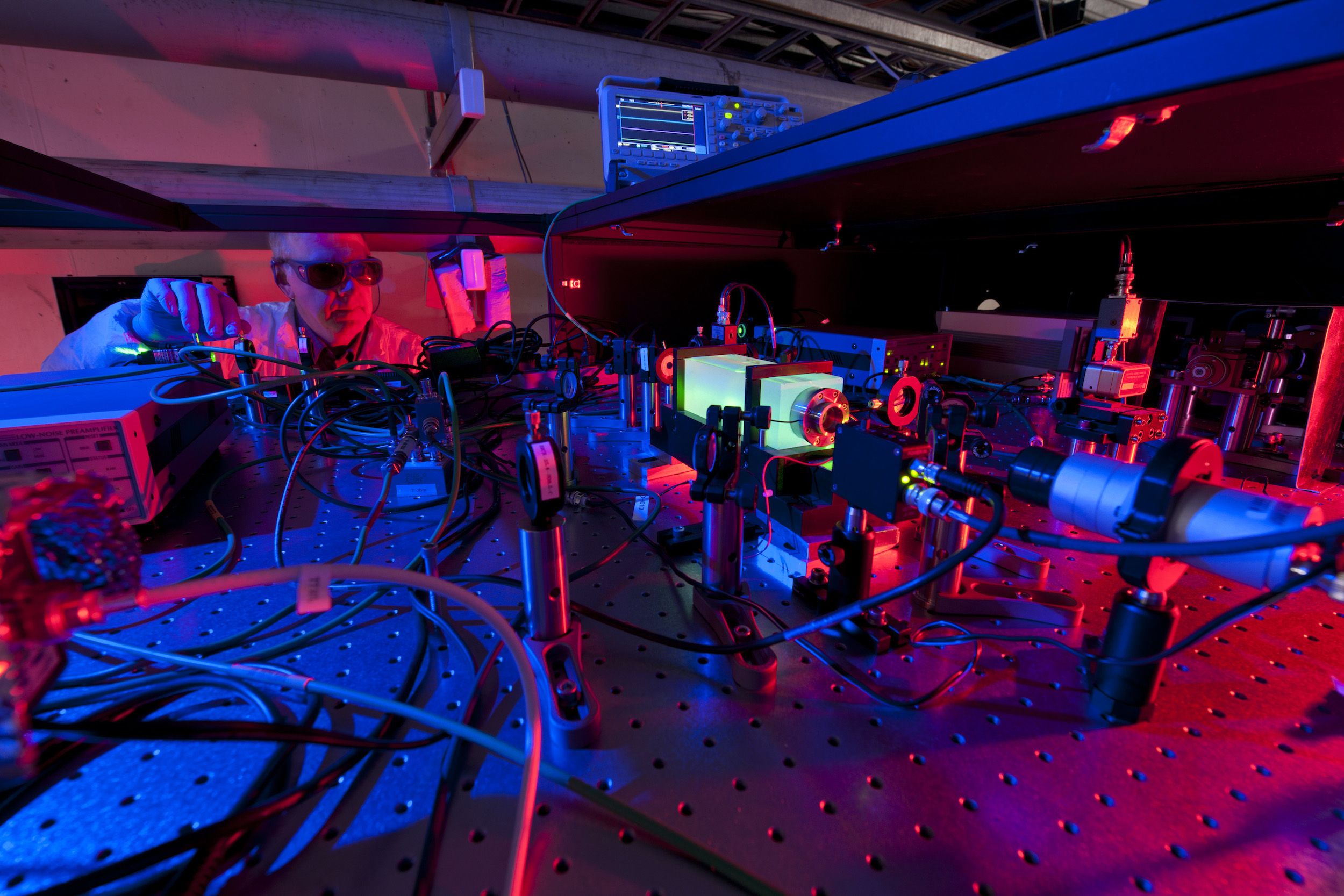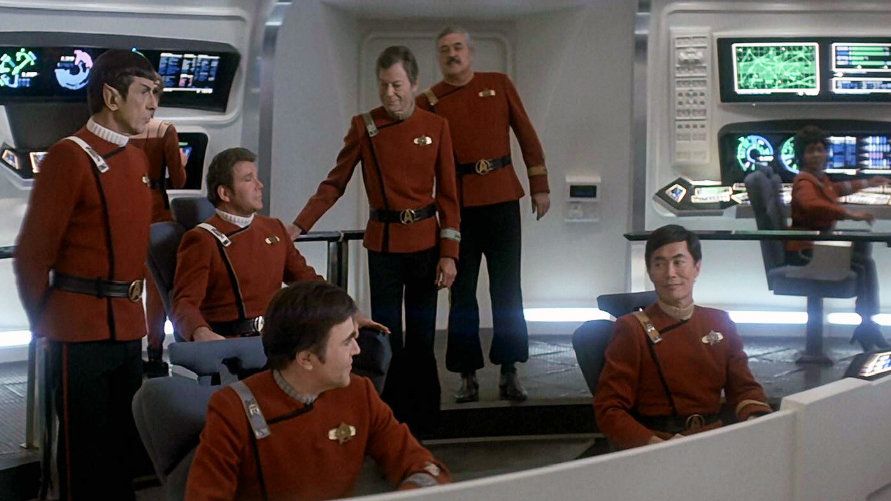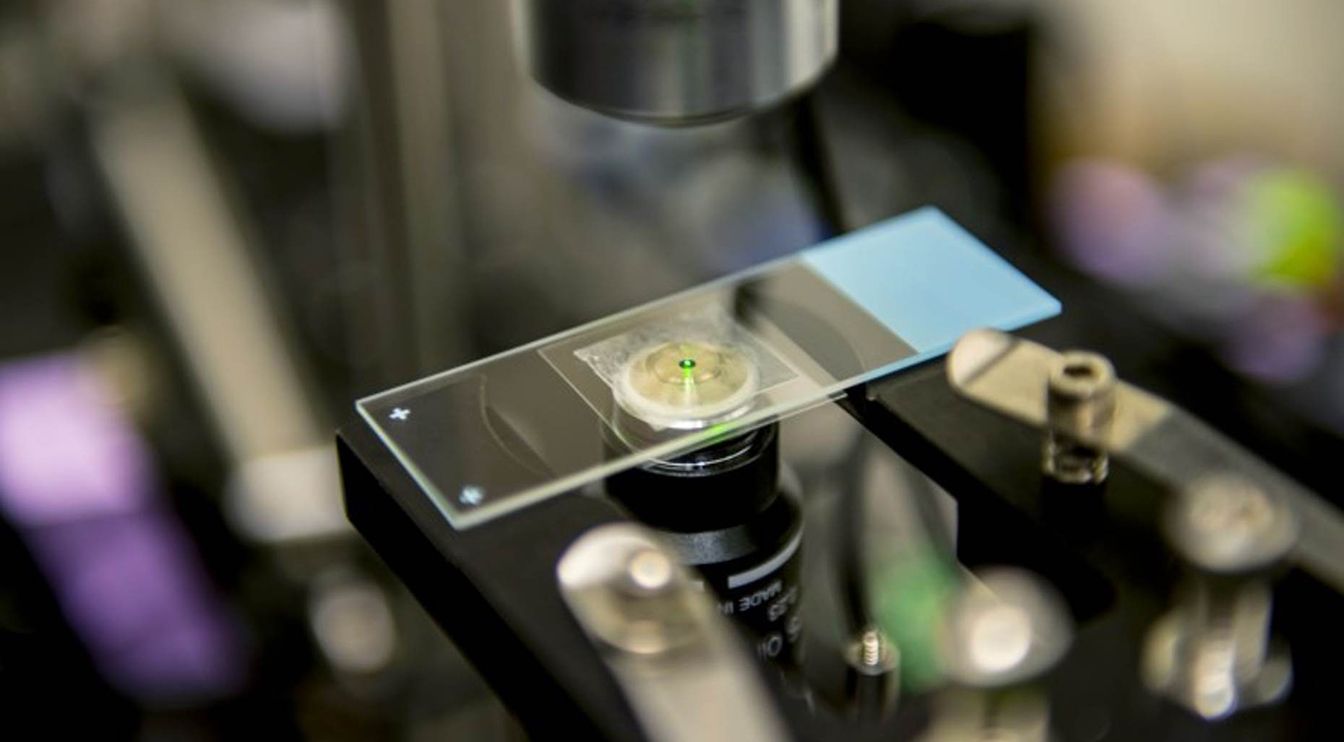Nov 24, 2015
Hacking the Brain — Restoring Lost Abilities With the Latest Neurotechnologies
Posted by Shailesh Prasad in categories: biotech/medical, computing, cyborgs, genetics, nanotechnology, neuroscience, Ray Kurzweil
A few weeks ago, I wrote about Ray Kurzweil’s wild prediction that in the 2030s, nanobots will connect our brains to the cloud, merging biology with the digital world.
Let’s talk about what’s happening today.
Over the past few decades, billions of dollars have been poured into three areas of research: neuroprosthetics, brain-computer interfaces and optogenetics.















